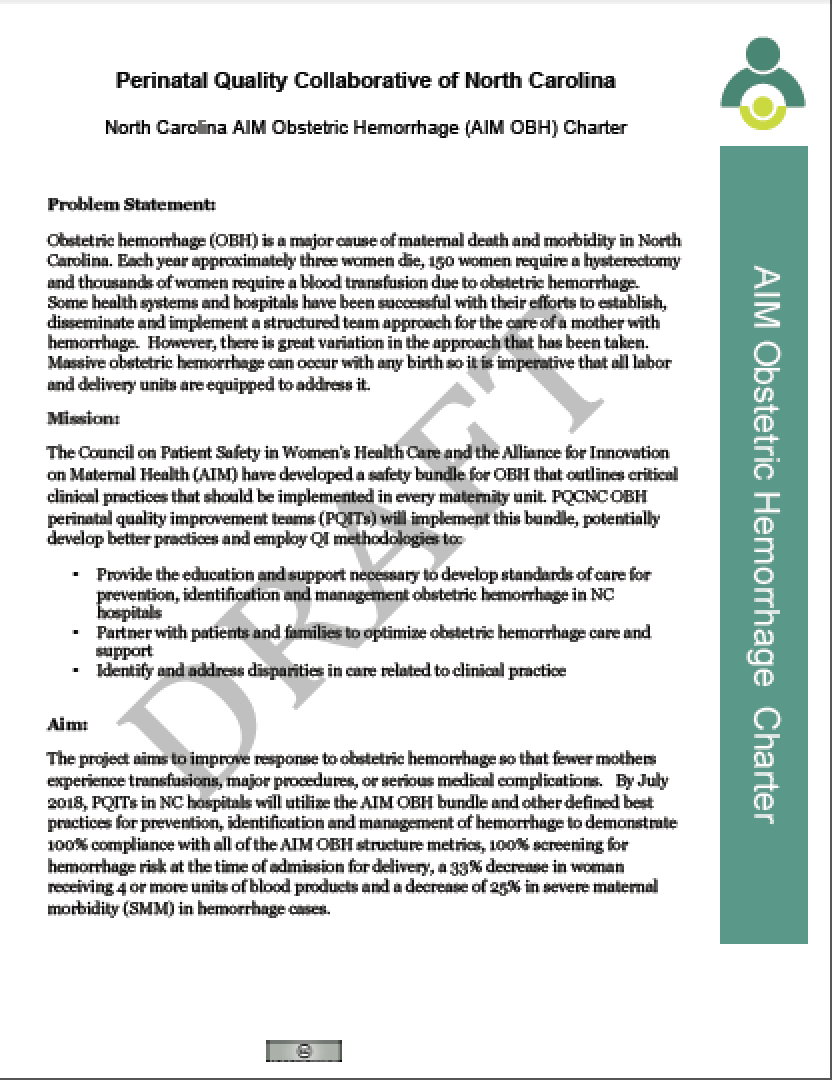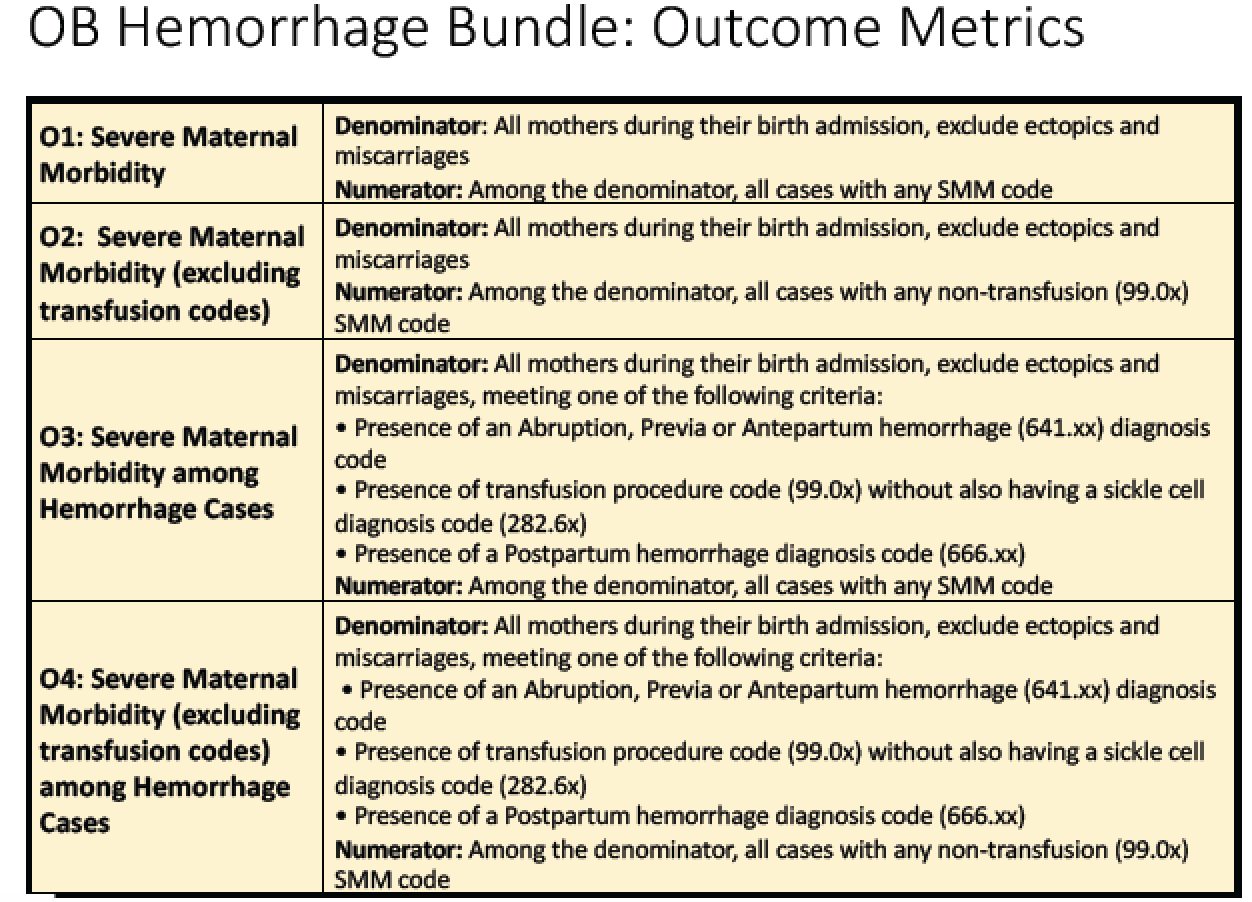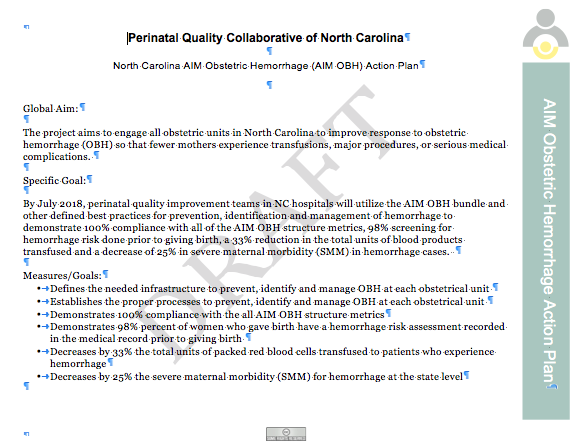Documents
Webinars:
MIC and Other Acronyms: Relationship to Antibiotic Efficacy
Kevin Watt, MD PhD, of Duke University discusses minimum inhibitory concerntration and other acronyms and their relationship to antibiotic efficacy
Early Onset Sepsis in term and late preterm infants: implementing a novel set of tools to improve care -
Dr. Carl Seashore discusses early onset sepsis in term and late preterm infants and implementing a novel set of tools, including the Kaiser calculator to improve care.
Kaiser Calculator Demo -
Dr. Carl Seashore discusses in detail how to navigate the Kaiser sepsis risk tool by walking us thru several clinical situations. Highlighting how changes in maternal indications and newborn presentation impact the treatment recommendations formulated by the calculator, this quick, informative tutorial is for all staff interested in understanding its application in practice.
Effective Handoffs - Talking about antibiotics in a meaningful way
Communication in healthcare is a learned task that comes with a professional responsibility to do so safely. It is a technique and not something everyone does well. Watch this quick 12-minute video outlining specific examples of how to effectively handoff patient information regarding antibiotic prescribing in the clinical setting between providers, nurses and families.
Anitbiotic Time Out (and more!)
- Dr. Marty McCaffrey discusses antibiotic timeouts
Antibioigrams- What’s that?
- Dr. Zachary Inskeep-Willis, Infectious Disease specialist, will be educating us on what an antibiogram is, what information can we glean from them and who even looks at them.
Blood Cultures!
- Review of proper technique for blood culture collection
- Explain process of blood culture identification
Setting the Stage for Family Engagement in ASNS
- Discuss parent education material on common antibiotics and how to incorporate families into ASNS work.
For those of you requiring IRB approval click here.
Pre-work/Work Action Plan
Required pre-work/work for participation in ASNS
Joining the Initiative
Please submit a PQIT Roster for your team
Roster Changes: Please make sure to send me any changes in your team roster. We would like to be able to provide all team members with the latest information about the initiative and we can only do that with your help.
Snapshot
Complete snapshot questionnaire
Initiative Baseline Data:
The official start date for Baseline data is November 1 2016. Any patient admitted on November 1st is eligible for the ASNS baseline data collection.
Baseline Data Collection Dictionary
Kaiser Calculator Integration Check Tool
Initiative Action Plans/Work Plans
Initiative Data: The official start date for Initiative Data Collection is February 01 2017. Any patient admitted on February 1st is eligible for the ASNS database.
Attention Data Collectors:
Instructions on how to obtain access to Delphi to submit data.
Webinars:
A multitude of webinars will be availble on-demand to assist you in your work
Team Meetings:
Your team will need to schedule at least monthly meetings to review data, make plans for PDSA cycles, and plan for next steps.
Executive Champion:
Please set up times to meet with your Executive Champions to update them on your progress and to ask for their help to meet your goals. PQCNC would suggest you meet with them every other month but no less than every quarter.
Maintenance of Certification (MOC):
The American Board of Pediatrics (ABP) has approved the Perinatal Quality Collaborative of North Carolina (PQCNC) application for Antibiotic Stewardship and Newborn Sepsis (ASNS) Project. This project is approved for the period 11/01/2016 - 09/30/2018. Physicians who participate in this project and meet ABP completion requirements will receive credit for the Performance in Practice component of Maintenance of Certification (MOC).
PQCNC ASNS ABP MOC Approval Letter by kcochran on Scribd



